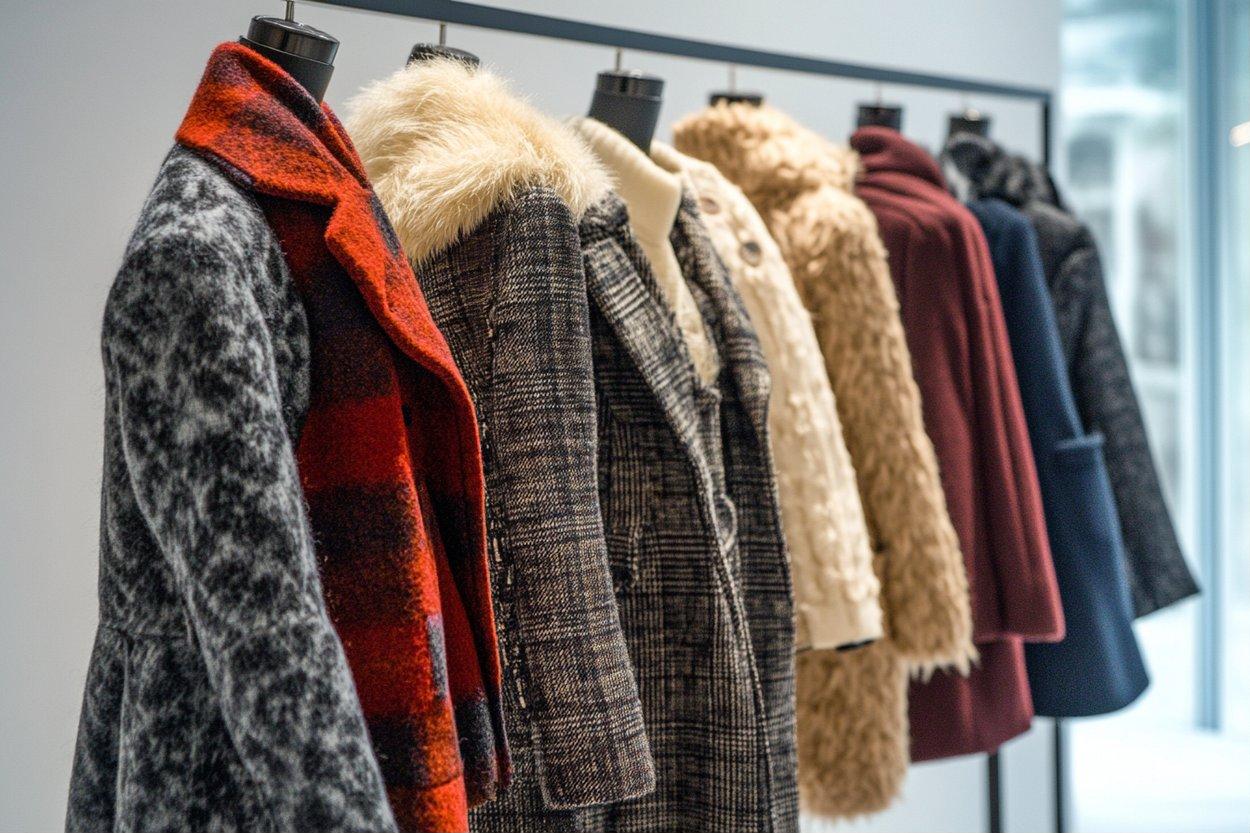Title: The Rise of Micro-Seasonal Fashion: A New Era of Trendsetting
Introduction: In the ever-evolving world of fashion, a new phenomenon is taking the industry by storm: micro-seasonal fashion. This innovative approach to style is reshaping how we think about trends, challenging traditional seasonal collections, and offering consumers more frequent, targeted wardrobe updates. But what exactly is micro-seasonal fashion, and how is it revolutionizing the way we shop and dress?

The Birth of Micro-Seasonal Fashion
The concept of micro-seasonal fashion emerged as a response to the fast-paced nature of modern life and the increasing demand for novelty in the fashion world. Traditional seasonal collections, typically released twice a year, began to feel outdated in an era of instant gratification and rapidly changing trends. Fashion houses and retailers recognized the need for a more agile approach to keep up with consumer desires and market shifts.
Micro-seasonal fashion addresses this need by introducing multiple mini-collections throughout the year. These collections are smaller, more targeted, and often themed around specific events, cultural moments, or emerging trends. This approach allows brands to stay relevant and responsive to consumer preferences while providing shoppers with a constant stream of fresh styles to choose from.
The Mechanics of Micro-Seasons
In the micro-seasonal model, fashion brands may release anywhere from six to twelve collections per year, sometimes even more. These collections are often smaller and more focused than traditional seasonal lines, allowing for greater experimentation and trend-specific offerings. The shorter production cycles also mean that brands can quickly respond to real-time data on consumer preferences and buying patterns.
This approach has been particularly embraced by fast-fashion retailers, who have the infrastructure to rapidly design, produce, and distribute new styles. However, even luxury brands are beginning to adopt elements of the micro-seasonal model, recognizing its potential to keep their offerings fresh and exciting for discerning customers.
Impact on the Fashion Industry
The shift towards micro-seasonal fashion has had far-reaching effects on the industry as a whole. Designers are now challenged to create at a faster pace, constantly innovating and drawing inspiration from a wider range of sources. This has led to an explosion of creativity in the fashion world, with more diverse and eclectic styles hitting the market than ever before.
Retailers have had to adapt their buying and merchandising strategies to accommodate the increased frequency of new arrivals. This has resulted in more dynamic and frequently updated store displays, as well as a greater emphasis on digital platforms to showcase and sell new collections quickly.
For manufacturers, the micro-seasonal model has necessitated more flexible and efficient production processes. Many have turned to advanced technologies and data analytics to streamline their operations and reduce lead times.
Consumer Behavior and Micro-Seasonal Fashion
The rise of micro-seasonal fashion has significantly impacted consumer shopping habits. With new styles arriving more frequently, shoppers are encouraged to visit stores and browse online platforms more often. This has led to an increase in impulse purchases and a shift towards a more continuous shopping mindset, rather than the traditional model of seasonal wardrobe updates.
However, this trend has also raised concerns about overconsumption and the environmental impact of faster fashion cycles. As a result, many consumers are becoming more conscious about their purchasing decisions, seeking out brands that balance trend-driven designs with sustainable practices.
The Future of Micro-Seasonal Fashion
As the fashion industry continues to evolve, micro-seasonal fashion is likely to become even more refined and sophisticated. We can expect to see:
-
Greater personalization: Brands may use data analytics to create highly targeted micro-collections for specific customer segments.
-
Sustainability focus: As environmental concerns grow, micro-seasonal fashion may incorporate more eco-friendly practices and materials.
-
Tech integration: Advanced technologies like AI and 3D printing could further speed up the design and production process, enabling even more responsive fashion cycles.
-
Global influence: Micro-seasons may become increasingly influenced by global events and cultural phenomena, leading to more diverse and inclusive fashion offerings.
-
Blurred lines between seasons: Traditional seasonal boundaries may continue to blur, with more versatile, trans-seasonal pieces becoming popular.
Navigating the Micro-Seasonal Fashion Landscape
For fashion-conscious consumers looking to make the most of micro-seasonal trends, consider these tips:
-
Stay informed: Follow fashion blogs, social media influencers, and brand newsletters to keep up with the latest micro-collections.
-
Invest wisely: While micro-seasonal fashion offers more choices, focus on versatile pieces that can be styled in multiple ways.
-
Mix and match: Combine items from different micro-collections to create unique, personalized looks.
-
Shop strategically: Take advantage of end-of-micro-season sales to score trendy pieces at discounted prices.
-
Consider sustainability: Look for brands that balance trend-driven designs with eco-friendly practices.
As we embrace the era of micro-seasonal fashion, consumers have more options than ever to express their personal style. This dynamic approach to fashion offers excitement and novelty, but also requires a thoughtful, strategic approach to shopping and styling. By staying informed and making mindful choices, fashion enthusiasts can navigate this new landscape with confidence, creating wardrobes that are both on-trend and uniquely their own.




